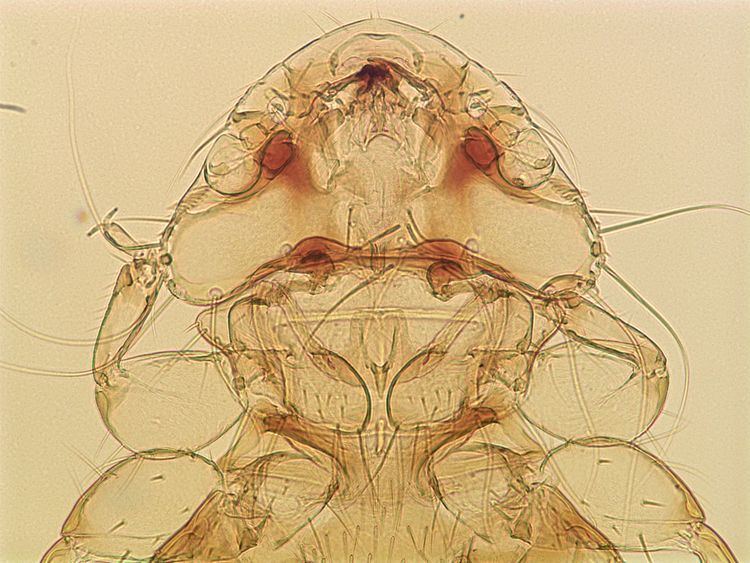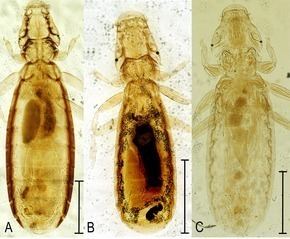Scientific name Amblycera Higher classification Louse Order Louse | Infraclass Neoptera Rank Suborder Subclass Pterygota | |
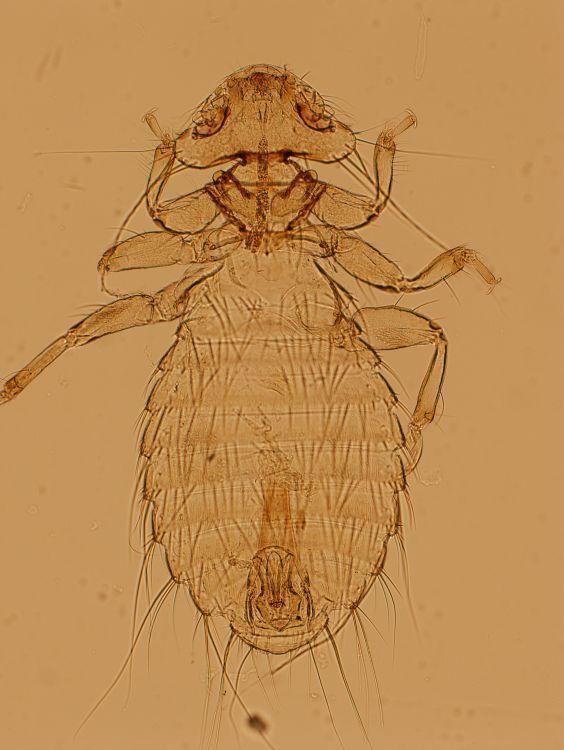 | ||
Lower classifications Menacanthus, Laemobothriidae | ||
The Amblycera are a large suborder of chewing lice, parasitic on both birds and mammals. The Amblycera are considered the most primitive suborder of lice.
Contents

Description
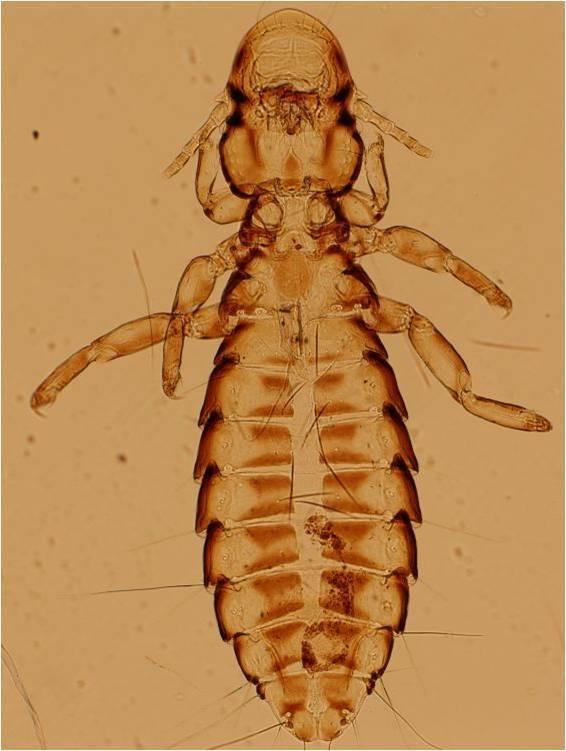
These insects are very much like the familiar advanced sucking lice, except they do not stay on their host permanently. They roam freely over the surface of their host and, unlike other lice, do not form permanent attachments. They feed by chewing soft areas of skin, causing an area of localized bleeding from which they drink.
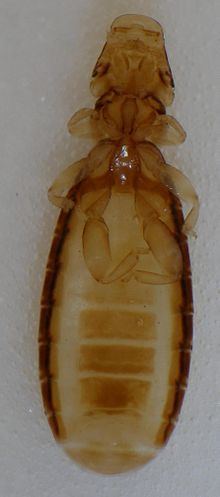
Species of this suborder have antennae but they cannot readily be seen because they lie in grooves in the side of the head. Usually the antennae of suborder Amblycera composes 4-5 segments. The maxillary palps may, however, be present and these may be visible in mounted specimens but may be confused with the antennae. Palps of amblycerans ranges in segments from two to five. The mandibles of this suborder bite horizontally. The head is often broader and rounder anteriorly than of Anoplura but this morphologic difference is not reliable. The tarsi of species that parasitise birds have two claws, while of those that parasitise mammals have one only.
Families
The Amblycera are divided into six families:
Significant species
Significant Amblycera that parasitise birds are for example:
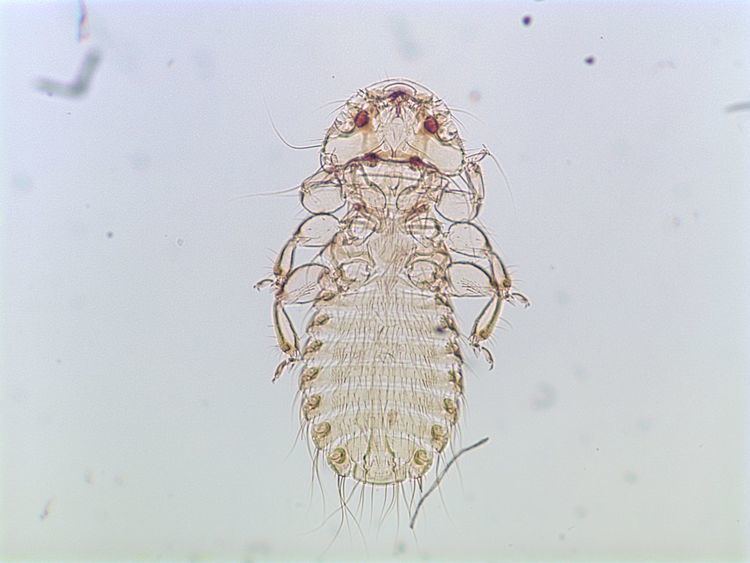
Species that parasitise mammals are for example:
